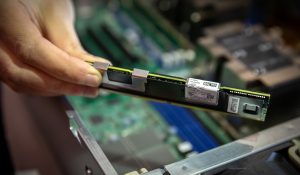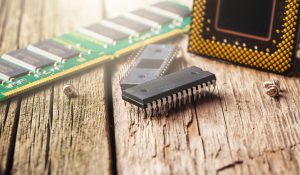


Research: To Boldly Go Where No One Has Gone Before
The basic premise of research is to do something new — to boldly go where no one has gone before. This is a daunting task, especially for those who are just entering graduate school and are new to research. How exactly does one come up with these cool ideas? How...
In-Network Computing
Introduction In-network computing is a new research area that has emerged over the last few years. In-network computing, also known as In-network computation or NetCompute, refers to the execution of programs typically running on end-hosts within network devices....
A Checklist Manifesto for Empirical Evaluation: A Preemptive Strike Against a Replication Crisis in Computer Science
In 2009, Dr. Atul Gawande, a surgeon at Brigham and Women’s Hospital in Boston, published The Checklist Manifesto: How to Get Things Right, describing his experience using checklists to reduce the risk of errors. Gawande observed that a number of serious...
Early Measurements of Intel’s 3DXPoint Persistent Memory DIMMs
Editors Note: This is the second of two independent posts on the performance of Intel’s new memory technology. For the last ten years, researchers have been anticipating the arrival of commercially available, scalable non-volatile main memory (NVMM) technologies...
Using Intel Optane DC Persistent Memory for In-memory Graph Analytics
Intel Optane DC persistent memory modules are like DRAM in form factor and can be configured as volatile main memory, persistent memory or as a combination.

Tackling the Pipeline Problem in the Architecture Research Community
Computer architecture is an important and exciting field of computer science, which enables many other fields (eg. big-data processing, machine learning, quantum computing, and so on). For those of us who pursued computer architecture as a career, this is well...
Three Other Models of Computer System Performance: Part 2
With two blog posts, we argue for more use of simple models beyond Amdahl’s Law. Part 1 previously discussed Bottleneck Analysis and Little’s Law, while this post (Part 2) presents the M/M/1 Queue.

HPCA-25 Summary
HPCA celebrated its 25th anniversary this year with significant participation of over 300 attendees! It was held in Washington D.C., USA between February 16-20. Accelerators was a bigger theme this year (not only for ML but covering a broader range of domains...

